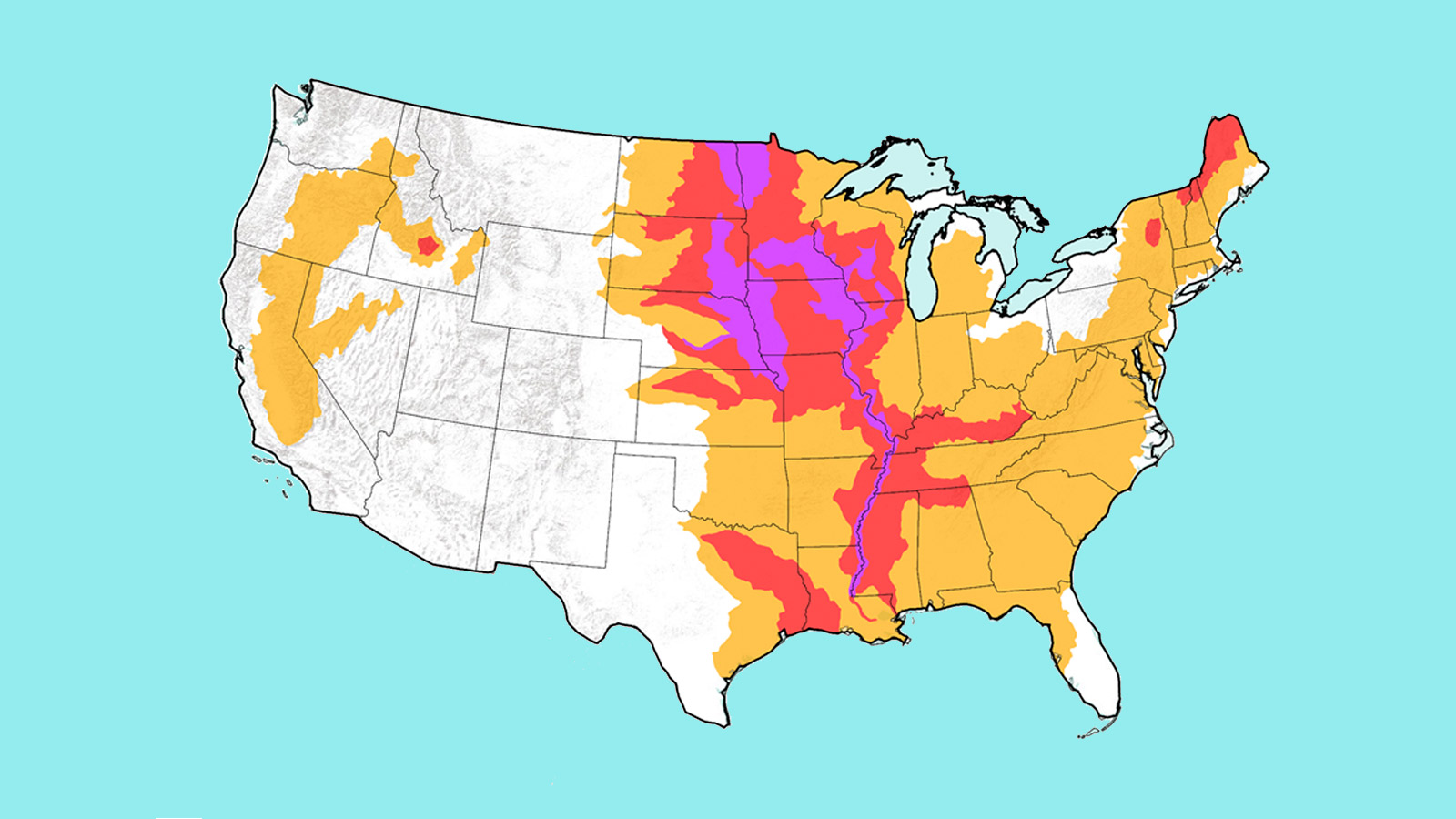

The FIRM is the basis for floodplain management, mitigation, and insurance activities for the National Flood Insurance Program (NFIP). This file is georeferenced to the Earth's surface using the Geographic Coordinate System (GCS) and North American Datum of 1983 (NSRS-2007).

The specification for the horizontal control of FIRM Databases is consistent with those required for mapping at a scale of 1:12,000. The FISs and FIRMs are published by FEMA. The FIRM Database is derived from Flood Insurance Studies (FISs), previously published FIRMs, flood hazard analyses performed in support of the FISs and FIRMs, and new mapping data, where available. The primary risk classifications used are the 1-percent-annual-chance flood event, the 0.2-percent-annual-chance flood event, and areas of minimal flood risk. The FIRM Database depicts flood risk information and supporting data used to develop the risk data. The FIRM Database is the digital, geospatial version of the flood hazard information (location and attributes for boundaries of flood insurance risk zones) shown on the published paper Flood Insurance Rate Maps (FIRMs). Any preliminary or draft data that appear on maps displayed at community meetings, etc., are not included here. The NFHL is updated as new data reaches its designated effective date and becomes valid for regulatory use under the National Flood Insurance Program (NFIP).Īll data included in this layer are considered "final" by FEMA. Discussion can be framed around the impacts of floods, the probability of flooding, the mathematics of probability, or the effects of climate change on flood frequency and size.įor more information on 100-year floods, please see below USGS publications and references.This layer is a compilation of effective Flood Insurance Rate Map (FIRM) databases and any Letters of Map Revision (LOMR) that have been issued against those databases since their publication date.Students then use a topographic map and overlay the 100-year flood level on the town.(Note, USGS has data going back over 100 years on many rivers.) Following detailed instructions students will create a graph of the largest annual flood for at least 60 years and use that graph to calculate the expected level of a 100-year flood, or any other flood of interest.
#100 year flood maps download
Students will access the USGS stream gage data online and download a record of at least 60 years for the river of interest.Because they use authentic data, students also get an appreciation of the uncertainties of predictions. Students will gain an understanding of the mathematics of the calculation, as well as the human impacts of floods. The concept of a 100-year flood is an important one for city planners, potential land-owners, etc. Additional SERC lesson on the mathematics of flood measurement.This exercise is developed for a river in Minnesota, but can be easily adapted to a local stream for more relevance. Source: This exercise was developed by Benjamin Laabs of SUNY Geneseo and is published as part of the SERC Resources for teaching quantitative skills. Grade Level: Created for a college freshman class but can be taught to high school.

Learning Goals: To use real USGS stream gage data to understand the concept of a 100-year flood, and to map the extent of a 100-year flood in a town. Investigation: What is a 100-year flood, and what damage will it cause?


 0 kommentar(er)
0 kommentar(er)
